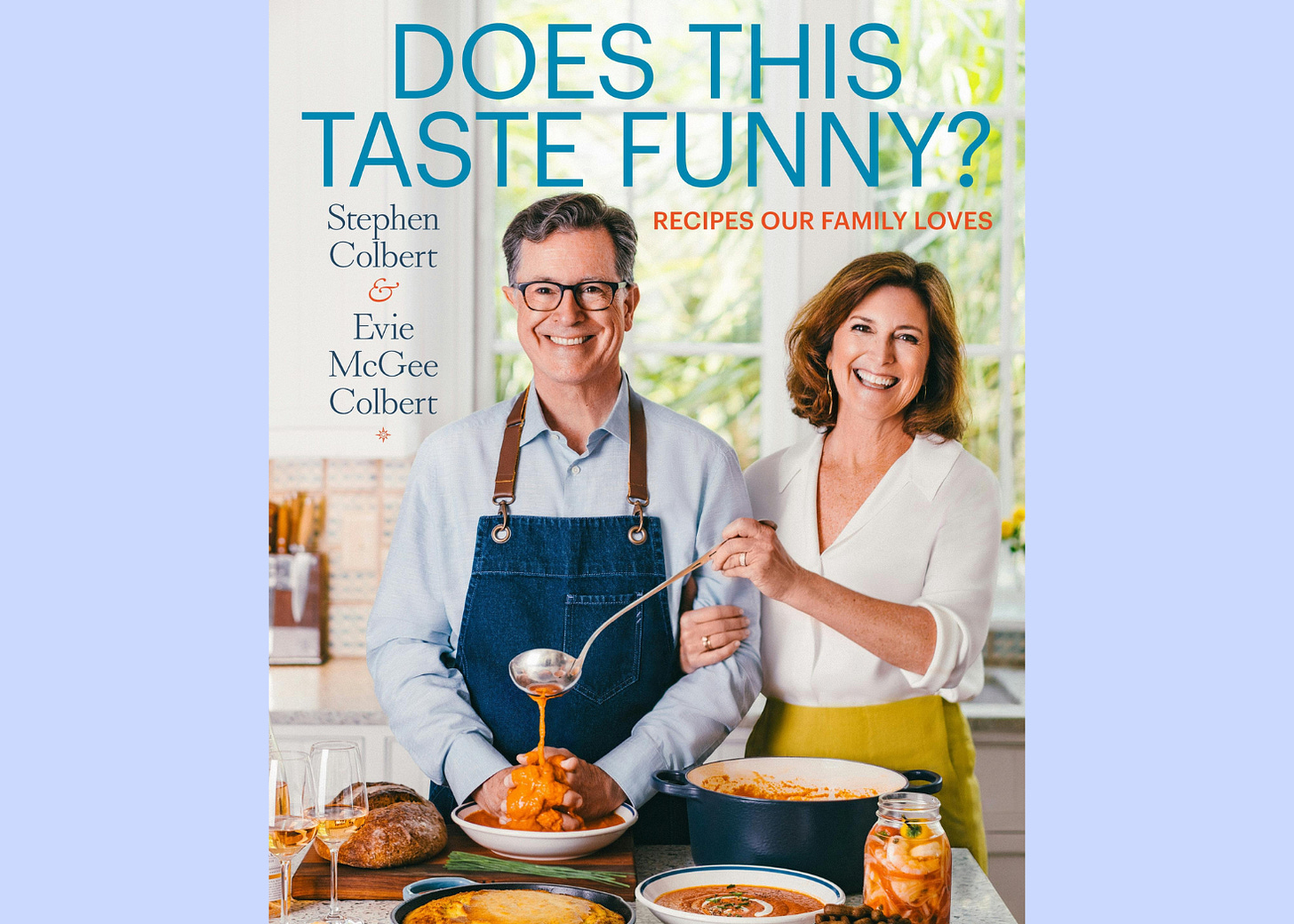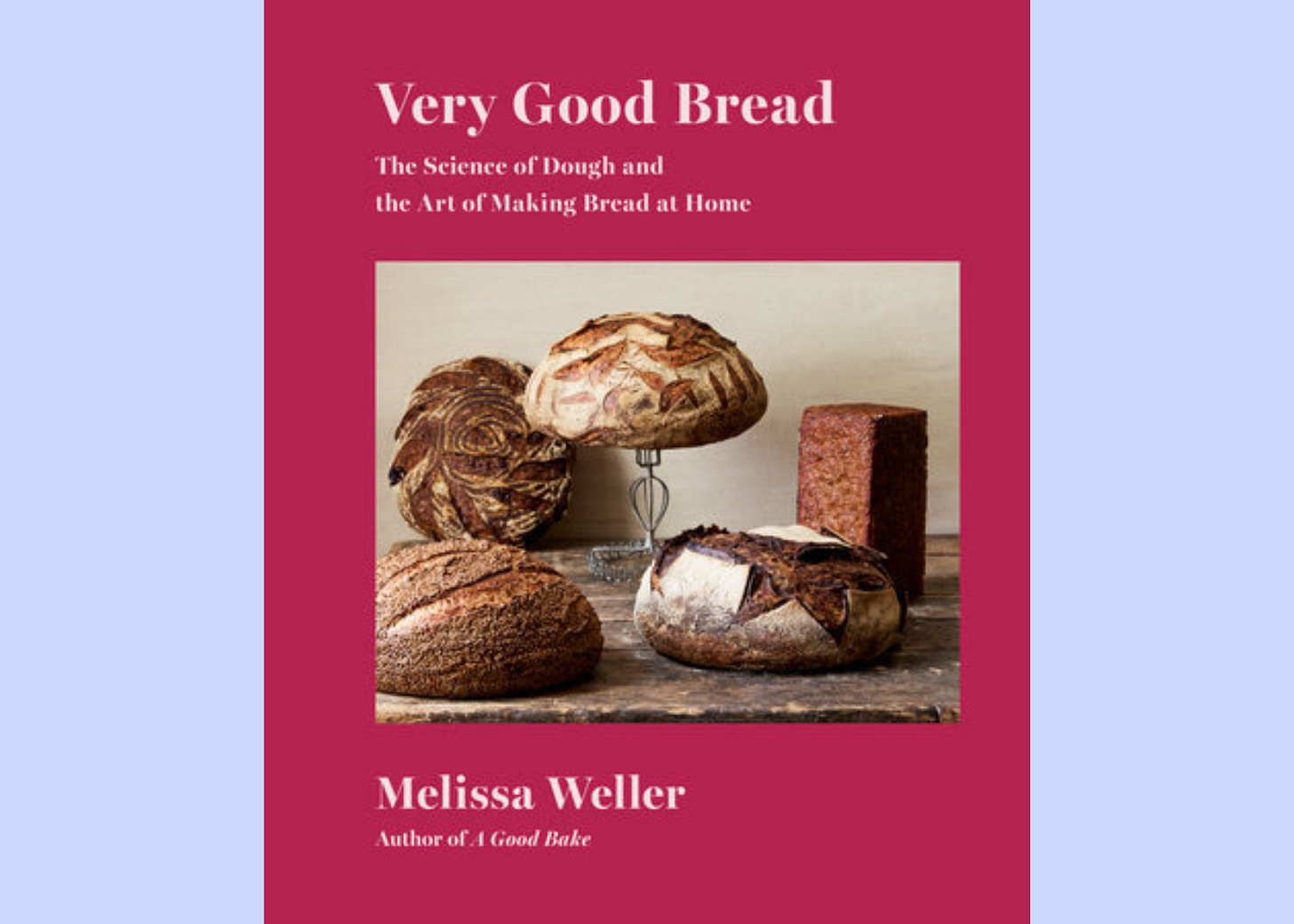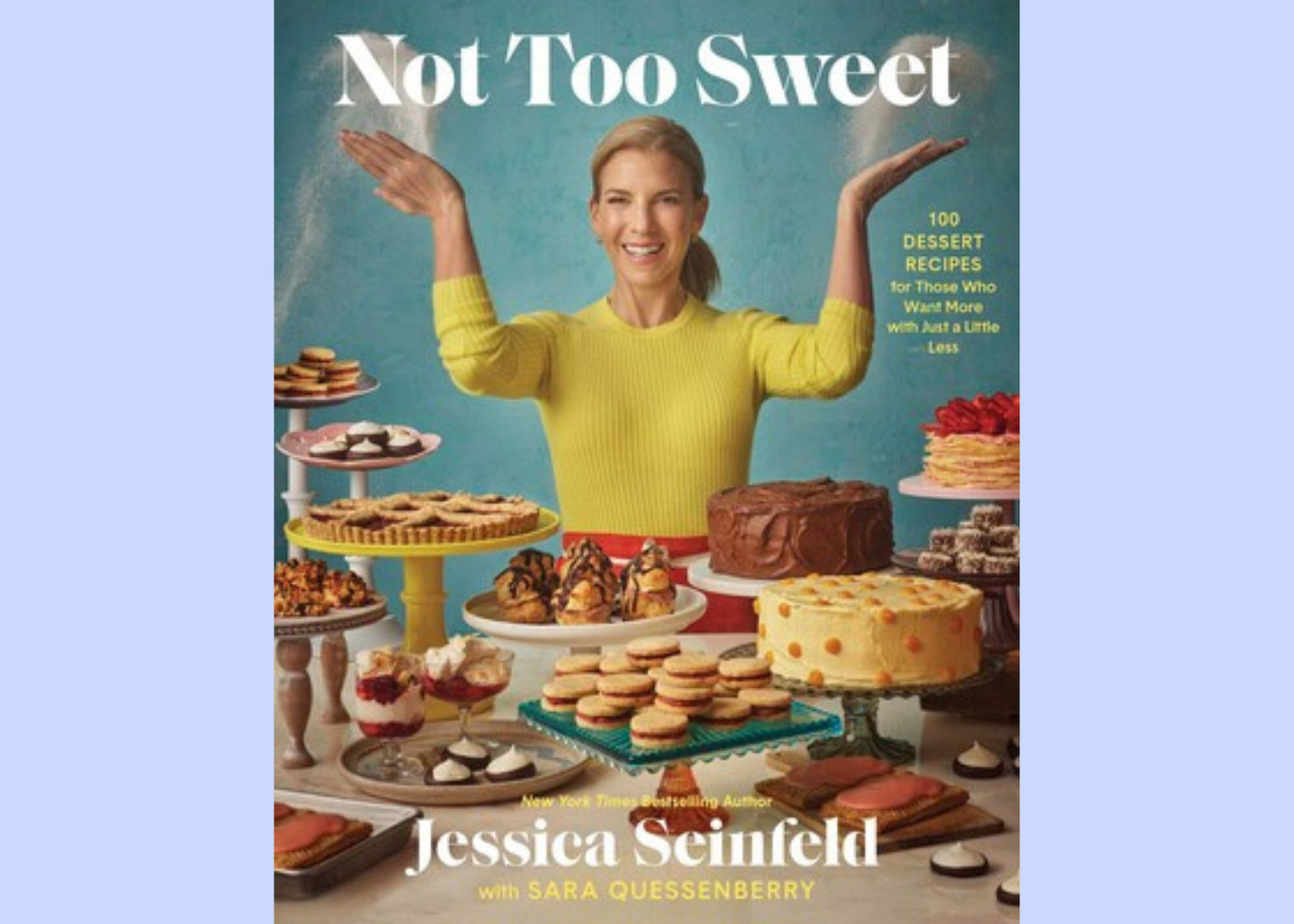What I'm Reading, February 2025
Preliminary Thoughts on My Ever-Growing Coffee Table Tower
January was, put mildly, a doozy. So the full reviews I thought I’d be posting simply got lost in the chaos, and not much more will be forthcoming between now and March, when I intend to get back in the groove of regular postings. Meanwhile, this is a smattering of the truly tall tower of books on the table for the past two months.
*Italian American Forever: Classic recipes for everything you want to eat, by Alex Guarnaschelli.
This book is warmly written and photographed…and mostly unnecessary. With an emphasis on classic recipes, it just doesn’t provide much new; this is ground well-trodden by Marcella Hazan and Lidia Bastianich, to name just two. A Food Network star and executive chef of Butter restaurant in Manhattan, Alex Guarnaschelli’s exuberance about her food comes through, and cooks who’ve never cooked the classics could find appealing recipes here. But many readers might wish for a few more twists to liven things up. Instead, these are quite standard recipes for crostini, arancini, Caesar salad, meatballs, Italian wedding soup, baked ziti, chicken marsala, chicken parm, roasted broccoli … and did we really need to kill a tree for another recipe for Caprese salad? Most ingredients are listed by volume only, not weight, which I couldn’t help but find irritating from someone whose mother was a famous, and famously exacting, cookbook editor.
*Does This Taste Funny? Recipes Our Family Loves, by Stephen Colbert and Evie McGee Colbert
Legitimate reactions to this book: Save me from another celebrity cookbook, full of too-polished photos of fabulously happy wealthy people in their fabulous homes in fabulously casual expensive clothes hosting fabulous parties; save me from another book of Charleston recipes that I’ve seen for decades; gee, I forgot about that classic recipe—I need to go make that!; Durkees and cream cheese in pimento cheese are an abomination that must be stopped.
I cycled through all of those reading the Colberts’ book (well, I got stuck on the pimento cheese, no cycling past that reaction). But the book’s conversational chatter can engage readers, and the recipes did catapult me back to happy memories of my mother discovering those ‘70s Southern Junior League cookbooks. I didn’t yet test any recipes, but why bother—I “tested” their baked artichoke dip on at least a dozen New Year’s Eves growing up. I’ve “tested” their deviled eggs countless times, though minus the onions. Ditto for the crab cakes, soft-shell crabs, tomato pie, and bourbon chocolate pecan pie (though come on, this recipe will in no way produce the pictured pie, with its rings of perfectly placed pecan halves—let’s have some truth in advertising). In the midst of a dismal and difficult January, the book brought in some rays of sunshine.
Very Good Bread: The Science of Dough and the Art of Making Bread at Home, by Melissa Weller
Reading through my cookbook tower lately keeps prompting the same question: Do we really need another cookbook of classic recipes? What’s new here? In Very Good Bread, talented baker Melissa Weller has produced a lovely book, with each chapter opening with some sort of “master class.” That’s useful in the first recipe chapter covering 12 breadmaking steps, less so when stretching the concept to a chapter on bagel platters and sandwiches—do you really need a master class telling you to put a variety of bagels on a platter with some cured fish, boiled eggs, cream cheese, and vegetables? Probably not.
But while you can find recipes for many of these breads elsewhere, Weller has laid out techniques and tips worthy of the bread-obsessed, as well as recipes that go with some of the breads.
Tempting recipes include salt and pepper bagels, m’smen (Moroccan laminated flatbread), brioche feuilleté, buckwheat baguettes, and spelt ciabatta. I didn’t love the heavy yellow grits porridge Pullman loaf, but it’s one I would consider testing again. Recipes typically run at least three pages. A useful addition to the headnotes would have been an indication of how long recipes would take, versus requiring readers to go through multiple pages of instructions to add it up—no matter what, read through these very detailed recipes before beginning!
*Sweet Tooth: 100 Desserts to Save Room For, by Sarah Fennel
Sarah Fennel, who created the Broma Bakery blog, has published a cozy book of recipes that slant toward the standard but include a few less-common creations, such as a nine-layer buttermilk cake with Nutella frosting, a pistachio layer cake, espresso martini cake, baklava cheesecake, and crème brulee cheesecake bars. She offers multiple, more standard variations on brownies and blondies, other bar cookies, chocolate cakes, a few muffins, pies, and breads, several “dessert for one” recipes, and a lot of cookies.
It would be hard to live up to the self-hyping going on here—“stunning”! “modern-day baking bible”! “jaw-dropping pics”! “hilarious!” “genius!” But this seems like a solid collection. And yet my usual complaint applies here, too: Fennel opens with 40-some pages of guidance on baking equipment, ingredients, and rules to bake by before she gets to any recipes. Annoyingly, she includes two pages on “measure like a scientist,” with a full-page chart showing teaspoons/cups to grams for 12 common ingredients…and then completely skips listing ingredients by weight in the recipes.
*Soups, Salads, Sandwiches, by Matty Matheson
This book from “The Bear” actor Matty Matheson has the feel of a love it or hate it cookbook. Matheson says his goal was “just at-home recipes that are easy and fun”; recipes run the gamut from “lightest broth of garden herbs with one chile” to over-the-top rich—think pumpernickel, beer, and cheese curd soup, or caramelized maple parsnip soup with sunchoke chips and ricotta that clocks in with a cup of maple syrup, a cup of brandy, a cup of cream, and a cup of ricotta to serve four. Or corn maple parmesan soup, with 2 cups of wine, 2 cups of cream, a cup of Parmesan, and an ounce of bourbon for good measure—plus more parm, sour cream, and mayonnaise for a topping.
In general, recipes are heavy on meat, but even when not they pack a lot of flavors and richness in, such as a recipe for roasted and raw shaved Brussels sprouts with bacon, mint, lime, pistachios, fish sauce, and pickled pepper caramel (not a typo—you fold pureed bell, jalapeno, scotch bonnet, Thai, and serrano peppers mixed with fish sauce and vinegar into a simple caramel). Too often they just pack a lot in, period—like the waffle breakfast sandwich, with waffles surrounding a mascarpone filling of 1 and a half cups cream, 3 cups sugar, and a cup of mascarpone, plus bacon and fried eggs…and oh, did I mention these are frozen waffles that you fry in 2 cups of oil? And then slather them with strawberry freezer jam as well.
It goes on in that vein. I’m not cherry-picking over-the-top recipes—you can find something similar with a few random page flips throughout. Though most recipes fit on a page, the point size is pretty restrained—so don’t let that fool you into thinking they are all quick despite his “easy” goal. Also, there’s a whole lotta cussing going on in this book—fine, but I got tired of thinking about shit while reading about food. (I had to laugh when he starts the intro to his lasagna submarine sandwich with “I don’t want to be crude, but…”.) To that, though, I’m pretty sure Matheson would tell me to f off.
Not Too Sweet: 100 Dessert Recipes for Those Who Want More with Just a Little Less, by Jessica Seinfeld with Sara Quessenberry
I’m always on the lookout for baking books that aim to lower the sugar or use alternative flours not with the goal of going gluten-free, but for a wider range of flavor and, potentially, lower glycemic loads. So the cover of Jessica Seinfeld’s book caught my eye with beautiful photos of lower-sugar desserts. But it made no mention of nearly all recipes being gluten-free, and unfortunately, that didn’t generally mean using alternative flours that offer some health benefits, such as buckwheat flour; it just meant using a standard, nutritionally wan gluten-free flour blend. Still, for bakers who need GF recipes, this book may be a godsend, and some of its sugar-lowering tricks can be useful. Yet I didn’t come away from a few recipe tests wanting to try more.
Seinfeld follows in the footsteps of others who have tried to lower refined sugar through replacements such as pureed dates, date or maple syrup, or coconut sugar. I tried a baked custard sweetened with a dried apricot puree. The flavor was fine though muted, but the texture hinted at something curdled, given that it’s near-impossible to get the puree as smooth as the rest of the custard. A recipe for caramel made from cooking down oat milk and honey, which Seinfeld describes as a “breakthrough moment,” works well enough only if you don’t think of it as caramel, since the flavor is decidedly different and too honey-heavy.
*I haven’t tested any recipes in this book.
Disclosure: I am an affiliate of Bookshop.org, which supports independent booksellers; one small way to support Cook These Books is by clicking through and making a purchase on any of the titles above, for which I will earn a commission. Thank you!








